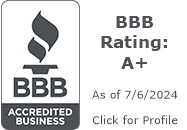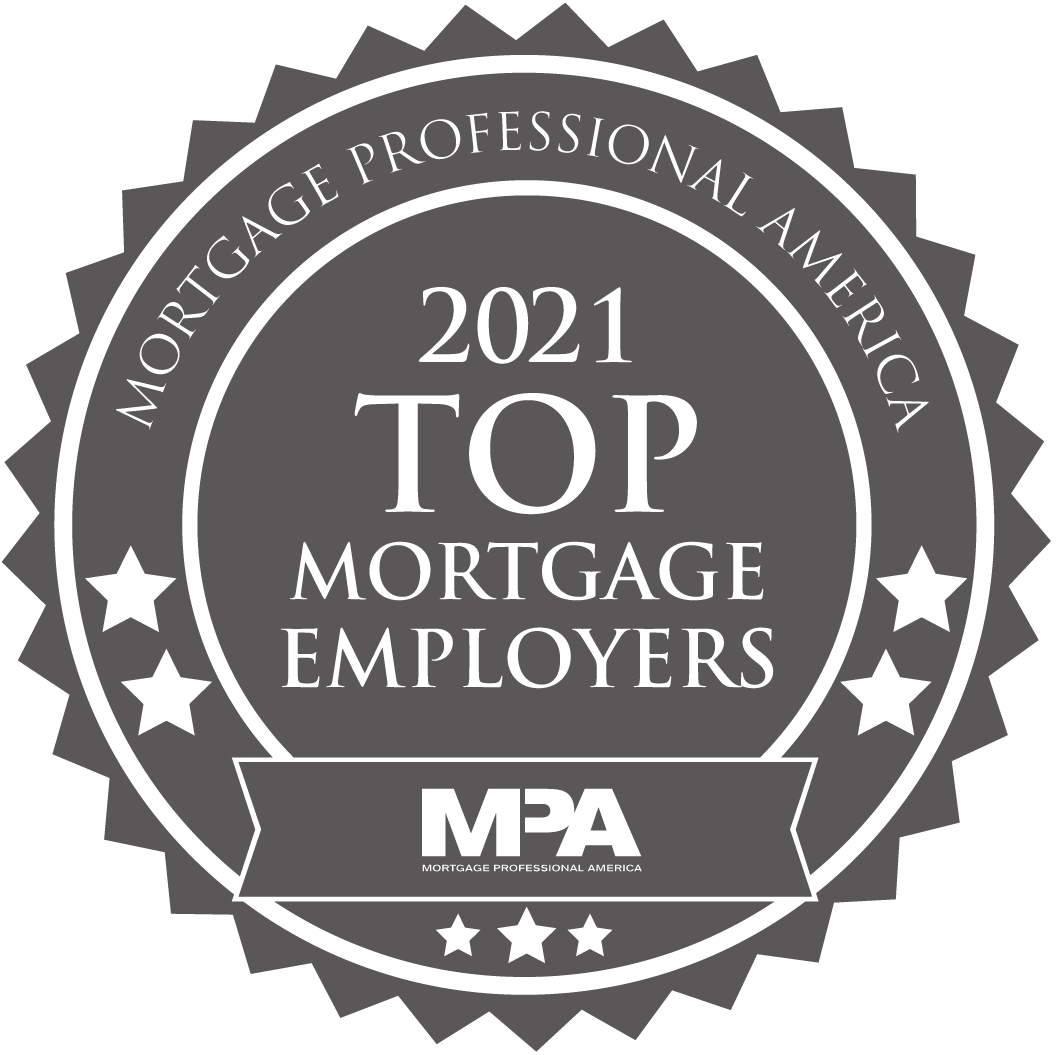Introduction
For many, a mortgage is one of the largest financial commitments they will undertake in their lifetime. Managing the associated risks is crucial not only to protect your investment but also to maintain financial stability. This blog explores practical risk management strategies that mortgage holders can implement to shield themselves from potential financial pitfalls and ensure that their home remains a source of security rather than stress.
Understanding Mortgage Risks
The first step in managing risks is understanding what those risks are. For mortgage holders, the primary risks include:
- Interest Rate Increases: For those with variable-rate mortgages, interest rate hikes can lead to higher monthly payments.
- Income Instability: Losing a job or experiencing a reduction in income can make it challenging to keep up with mortgage payments.
- Property Value Fluctuations: A decrease in home value can lead to negative equity, where you owe more on your mortgage than your home is worth.
- Unexpected Costs: Homeownership comes with potential unexpected costs, such as major repairs or maintenance issues.
Key Risk Management Strategies
- Choosing the Right Mortgage
Selecting the appropriate mortgage type is a foundational risk management strategy. Fixed-rate mortgages offer stability as your interest rate remains the same throughout the term, which protects you from fluctuations in interest rates. On the other hand, variable-rate mortgages might offer lower initial rates but pose a risk if interest rates rise significantly.
- Refinancing Opportunities
Refinancing can be a strategic move to manage risk, particularly if it helps secure a lower interest rate, reduce monthly payments, or switch from a variable-rate to a fixed-rate mortgage. However, it’s important to consider the costs associated with refinancing and ensure it aligns with your long-term financial goals.
- Building and Maintaining an Emergency Fund
An emergency fund is crucial for managing the risk of income instability. It should cover at least 3-6 months of living expenses, including mortgage payments, to provide a cushion if your income is disrupted. This fund can also cover unexpected home repairs or other emergencies, reducing the need to incur high-interest debt.
- Regular Mortgage Reviews
Conducting regular reviews of your mortgage and overall financial situation can help you anticipate and manage risks. This might involve checking if your home insurance coverage is adequate, assessing if your payments are still affordable, or determining if additional payment options are available from your lender.
- Additional Payment Plans
If possible, making additional payments towards your mortgage can reduce the principal faster and decrease the total amount of interest paid over the life of the loan. This also builds equity more quickly, which can be beneficial if property values fluctuate.
- Adequate Insurance Coverage
Ensuring that you have adequate insurance, including homeowners insurance and possibly mortgage insurance, can mitigate risks associated with property damage or loss. Consider options for coverage against natural disasters specific to your area, such as floods or earthquakes.
- Diversifying Income Sources
Developing additional sources of income can help manage the risk of income instability. This could involve investing in a rental property, starting a side business, or pursuing passive income streams. Diversification helps ensure that you’re not reliant on a single source of income to meet your mortgage obligations.
Conclusion
Effective risk management for mortgage holders involves a combination of financial prudence, strategic planning, and proactive measures. By understanding potential risks and implementing strategies to mitigate them, homeowners can protect their investment and enjoy the peace of mind that comes with financial stability. Whether it’s choosing the right mortgage, building an emergency fund, or ensuring adequate insurance coverage, each strategy plays a vital role in the broader picture of risk management in homeownership.






